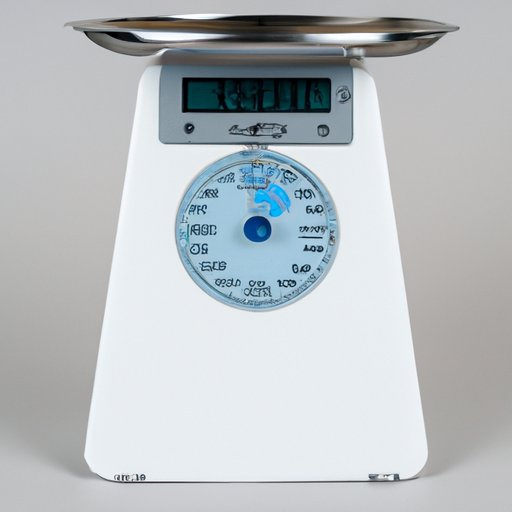Introduction
Have you ever found yourself grappling with the conversion of grams to ounces? Maybe you’re trying to cook a recipe in the US that requires measurements in ounces while you’re used to the metric system. Or perhaps you’re trying to calculate the calorie content of a meal, but getting tripped up by the unit conversions. Whatever the reason, understanding measurement conversions between grams and ounces is a vital skill to have. In this article, we’ll break down how to convert 30 grams to ounces accurately, discuss the differences between the two measurement systems, and cover why it’s essential to understand these conversions in everyday life.
The Differences between Grams and Ounces
First, let’s define the two measurement systems. The US customary system uses units such as ounces, pounds, and gallons, while the metric system uses units such as grams, kilograms, and liters. The metric system is used in almost every country worldwide, with the US being one of the only exceptions. There are differences in how the two systems measure weight and volume, making conversions between them important to learn.
For example, one ounce in the US customary system is equal to 28.35 grams in the metric system. Knowing this conversion allows for accurate measurements regardless of which system is being used.
Converting 30 Grams to Ounces
So, how many ounces are in 30 grams? To convert grams to ounces, you can use a simple conversion formula. One ounce is approximately 28.35 grams, so you can divide 30 grams by 28.35 to find the number of ounces:
30 grams / 28.35 = approximately 1.06 ounces
This means that 30 grams is slightly over one ounce.
For home chefs in the US, understanding conversions between grams and ounces is crucial for accurate recipe preparation. If a recipe from a cookbook or website uses metric measurements, it’s essential to convert the measurements to the US customary system for accurate cooking. This ensures that ingredients are used in the correct amounts and that the final product turns out as intended.
Measuring ingredients accurately is also vital for those following a strict diet or trying to count calories.
Counting Calories and Converting Units
Tracking calorie intake requires accurately measuring ingredients to ensure the correct number of calories is being consumed. Gram and ounce measurements are often used for this purpose.
For example, one tablespoon of peanut butter weighs approximately 16 grams or 0.56 ounces. If a person is tracking their calorie intake, they might need to know how much peanut butter they are consuming to accurately track their caloric intake. If a recipe calls for 30 grams of peanut butter, and the person needs to know how many calories are in that amount, they would first need to convert 30 grams to ounces using the formula we discussed earlier.
Once they know the amount in ounces, they can use a nutritional database to determine the number of calories in that amount of peanut butter.
It’s important to note that certain foods will have different calorie counts depending on whether they’re measured in grams or ounces. For example, one ounce of almonds contains approximately 164 calories, while 28 grams of almonds contains approximately 170 calories. This difference is small but becomes more significant when tracking calorie intake in larger quantities.
Understanding the Metric System
The metric system is a widely used measurement system around the world, and it’s important to understand how to convert between grams and ounces when traveling or cooking abroad.
One tip is to memorize a few common weight measurements in both systems. For example, 100 grams is approximately 3.5 ounces, and one kilogram is approximately 2.2 pounds. Having these measurements in mind can make conversions simpler when traveling and cooking in other countries.
Understanding measurement units can also come in handy when shopping for ingredients in other countries, where packaging may use different measurement systems.
Using Grams and Ounces in Scientific Settings
Finally, it’s worth noting that gram and ounce measurements are also used in scientific settings. Accuracy is essential in scientific research, making the precise measurement of substances crucial.
For example, in a chemistry lab, scientists may measure and mix substances using grams or ounces as the unit of measure. These measurements can impact the outcome of experiments, so it’s important to use accurate measurements.
Conclusion
Understanding measurement conversions between grams and ounces is essential for anyone who cooks, diets, travels, or works in scientific settings. Converting 30 grams to ounces is a simple process that becomes increasingly important for the preparation of accurate measurements in various settings, from cooking a recipe to performing experiments in a lab.
Remember to use the conversion formula of dividing the number of grams by 28.35 to determine the number of ounces, and to keep in mind the small but significant differences in calorie counts when converting between the two units.
By practicing conversions and remaining aware of the measurement systems used in different countries, you’ll improve your measurement skills and ensure that your final products and experiments are accurate.
